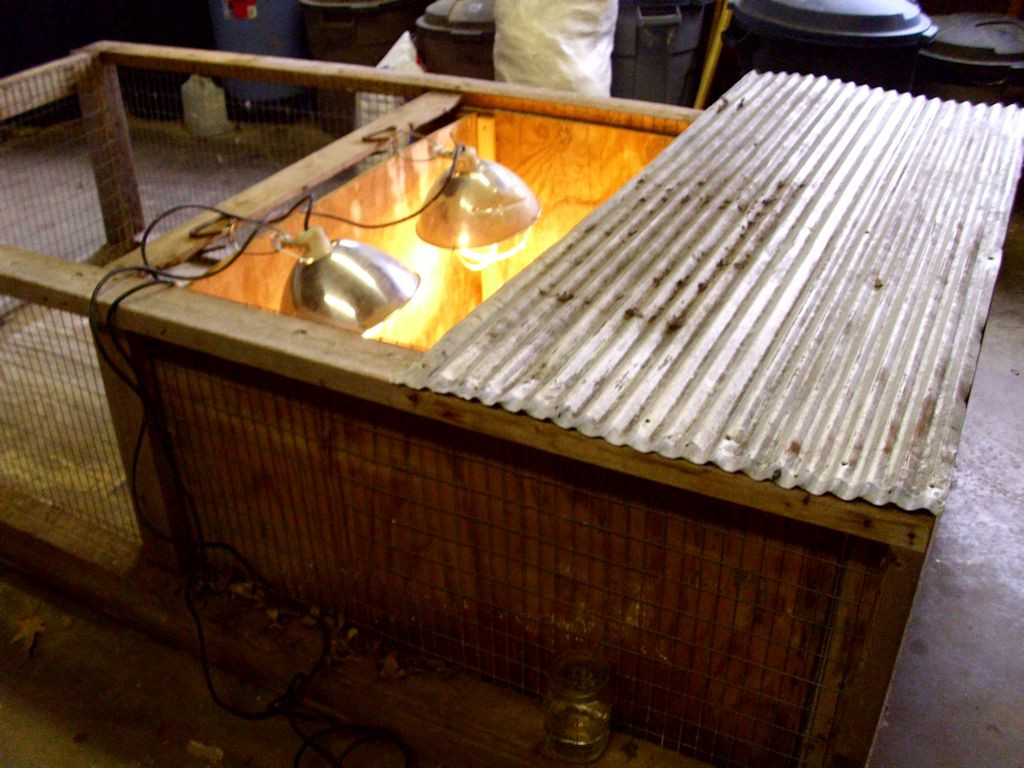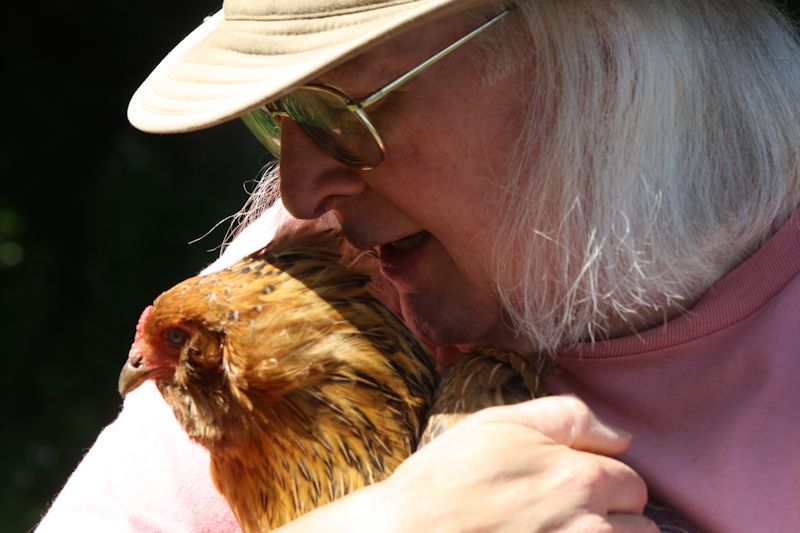I hadn’t quite expected the reception my article on the new chicks received, but I’m always glad to receive e-mail about them. The Spring Chicks post caused a bit of excitement because people have some misconceptions about chickens. The first is that all chicks are yellow. Actually, chicks come in a wide variety of colors. In many cases, the chick color is similar to the adult colors. For example, my Americaunas are multicolored brown and so are the chicks. These particular chicks are quite pretty. In fact, I feel they’re the nicest looking in the bunch. However, please don’t mention it to the chicks because they’ll get quite uppity.
Another misconception is that chicks generally grow at the same rate. Layers grow considerably slower than meat chickens. I’m sometimes amazed at just how fast the meat chicken chicks grow. As a consequence, these chicks will remain in the brooder box longer than meat chicken chicks would. The last batch I raised needed almost two additional weeks.
Not all chicks are natured alike either. Meat chickens generally are less intelligent and more aggressive than layers are. However, even layers have differences. For example, I’m finding it much easier to pick the Americauna chicks up than the others. The most skittish of the group are the Barred Plymouth Rocks. The Buff Orpingtons seem less likely to peck their brood mates. Individual chicks have small personality differences, even at this stage in life (and those differences will grow with time).
At this point, the chicks are starting to get feathers. The feathers start at the wing tips and move in from there. At some point, features will start appearing somewhat randomly and the birds will get quite ugly until they have a complete set of feathers. When the chicks have a complete set of feathers, I can remove the brooder box sides and let them roam free. After a few days I can start taking them out into the sunshine (with the roof on the cage, of course). All of these activities depend on the weather and the rate at which the chicks grow.
Watching the chicks grow is always a lot of fun. Thanks for the interesting e-mails you’ve sent my way. Let me know if you require any more information about my chick raising experiences at [email protected].



